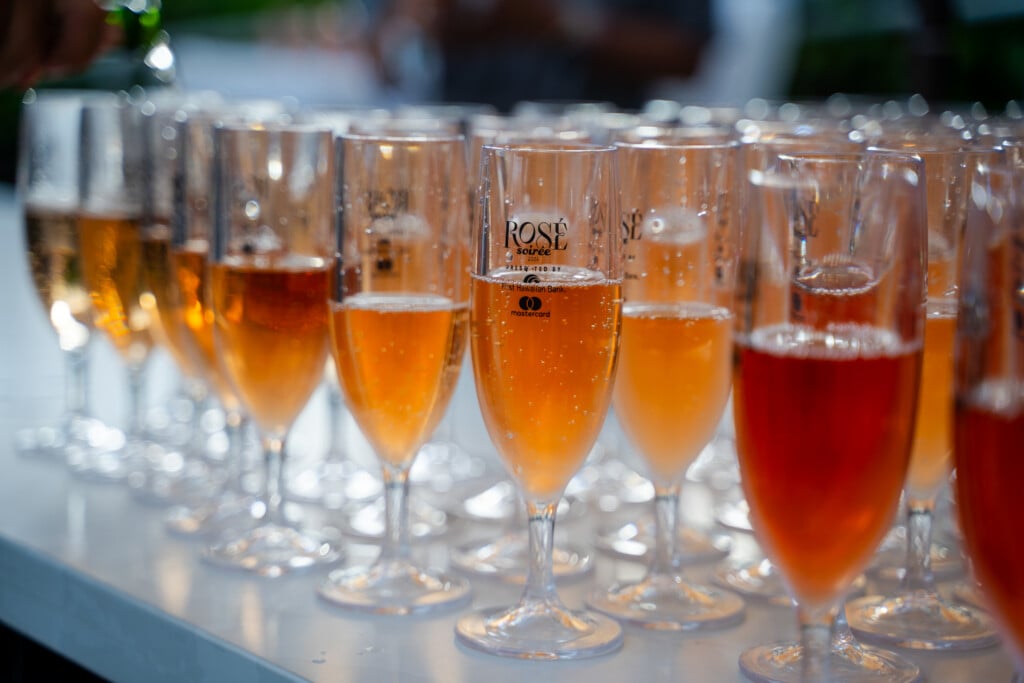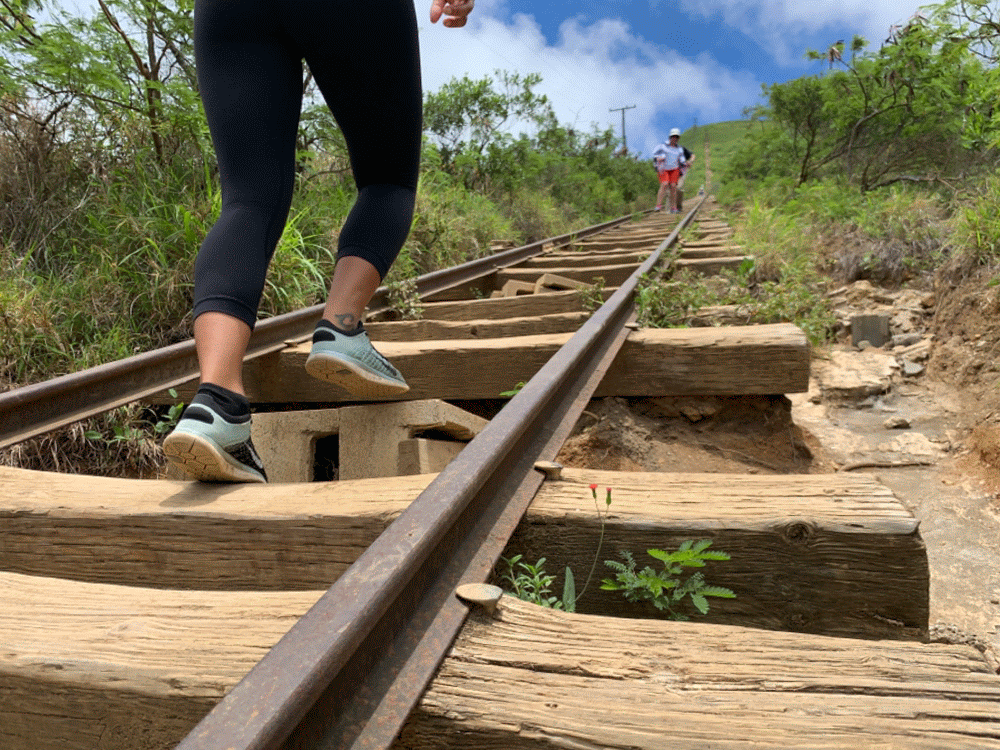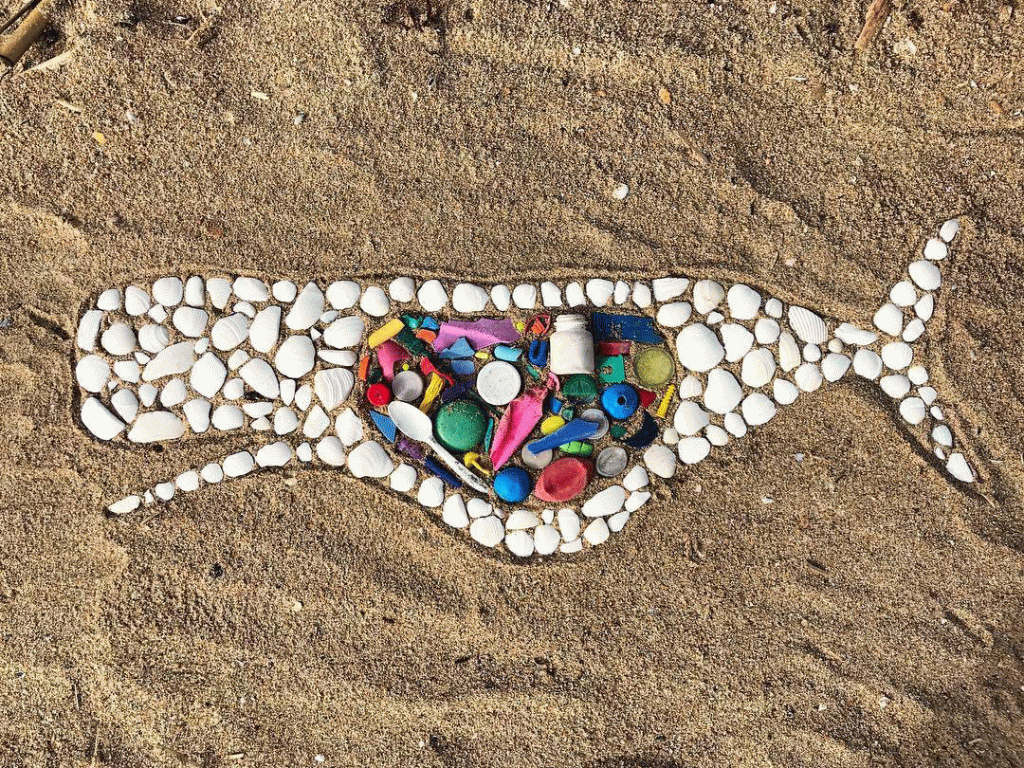“Lab Girl”: 7 Reasons to Read Hope Jahren’s Fierce New Memoir Getting National Buzz
This new book by University of Hawai‘i geophysicist Hope Jahren is getting national attention. Here’s why you should check it out, too.

Photo: Courtesy of Hope Jahren
Hope Jahren is a geophysicist and a professor at the University of Hawai‘i. She’s also a newly published author: Lab Girl is her new memoir, weaving autobiography with easily accessible science. It’s gotten rave reviews from publications including The New York Times, and the positive press keeps coming in. Here are seven good reasons to pick up a copy today:
1. Bill
He’s the lab partner, best friend and fifth member of a hand-selected group that author Hope Jahren calls her family—the other four being Jahren herself, her husband, son and dog. Bill accompanies Jahren as she goes from only daughter of a science teacher to the first-ever tenured woman at the Earth and Planetary Sciences Department of Johns Hopkins University, adding to her story the way that Huckleberry Finn, Sancho Panza, and Stephen Katz do for Tom Sawyer, Don Quixote, and Bill Bryson, respectively. He offers loyalty. He provides humor. And he doesn’t back down when Jahren voices some hare-brained ideas that just might have been better left unsaid.
2. It’s science, but not tough science
This book won’t make your eyes glaze over with scientific theory and formula. That’s because Lab Girl mostly takes place outside the scientific laboratory. What science is included comes in bite-size, interstitial chapters about patient seeds, risk-taking roots, and leaves that make sugar out of nonliving, inorganic matter. The result: You actually want to learn more about science. You might even conduct science in your own backyard, as I did, counting 10 leaves on my newly planted ‘ulu (breadfruit) tree. Two weeks later: 15.
3. The metaphors
“A leaf is a platter of pigment strung with vascular lace,” Jahren writes, managing to make science poetic. Her writing is also accessible. In writing about the very first brave leaflet that unfurls on a plant, she compares it to a “spare tire that is not intended to take you any farther than the nearest gas station.”
4. Jahren got reviewed by The New York Times

Photo: Erica Morrow
Let me repeat, this first-time author got a glowing review in The New York Times. By chief book critic Michiko Kakutani, no less, who called it, “at once a thrilling account of [Jahren’s] discovery of her vocation and a gifted teacher’s road map to the secret lives of plants—a book that, at its best, does for botany what Oliver Sacks’s essays did for neurology, what Stephen Jay Gould’s writings did for paleontology.” Whew.
5. Tackling a Complicated Subject
She’s woman enough to take on the whole of science, calling out sexual discrimination and harassment against women in science—see this March 4, 2016 opinion essay in The New York Times. In her book, she also outs the strange and tenuous way scientific testing is funded in the United States.
6. It’s Funny
Lest you think Lab Girl is a heavy read, it’s not. It’s more like a couple of older scientists sitting around a fire—er, Bunsen burner—while their experimental subjects—plants—grow, and they reminisce with stories of lab explosions, scavenging equipment from retired scientists, field trips with students to dig up dirt, and cross-country road trips en route to scientific conventions that lead directly into the heart of a blizzard and end up with an upside-down van in a ditch.
7. She teaches at UH Mānoa
For now, at least, as she has said she has submitted her resignation. Rumor has it, Jahren is building a new laboratory at the University of Oslo where she once lived and worked as a Fulbright Scholar, presumably with Bill.
Lab Girl by Hope Jahren, 290 pages, Alfred A. Knopf, $26.95
Follow Kim Steutermann Rogers on Twitter.













